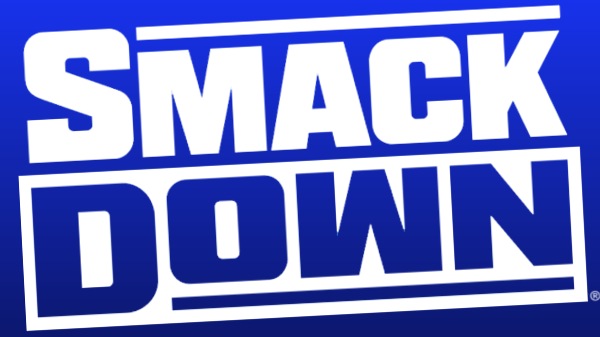24. Which of the following is an example of Capital Expenditure?
(a) Insurance Premium
(b)
Taxes and Legal
expenses
(c) Discount allowed
(d)
Customs duty
on Import of Machinery
[Hints: (d)
Customs duty on import of machinery is a Capital Expenditure and is to
be capitalized along with the cost of the asset. The other expenditures stated in alternatives (a) Insurance Premium
(b) Taxes and legal expenses and (c) Discount allowed are of revenue nature whose
benefit expires within the financial year and are not the correct answers.
Thus, the correct answer is
(d).]
25. In the creditors
control account, all of the below exist except:
(a)
Credit
purchases
(b) Purchase returns
(c) Cash
purchases
(d) Cash/cheques paid
26. Ledger contains various
(a)
Transactions
(b) Entries
(c)
Accounts
(d)
None of these
in it
27. Which of the following concepts assumes that a business will last
indefinitely?
(a) Business
Entity
(b)
Going Concern
(c) Periodicity
(d)
Consistency
[Hints: (b)
According to Going Concern Concept (b),
a business entity is assumed to
carry on its operations forever. Seemingly inconsequential, this is a fundamental concept, which has far reaching consequences. The other concepts, Business Entity
Concept (a) treats business distinct from the
entity of its owners. According to the
concept
of
periodicity (c
) the income or loss of the business
is measured
periodically,
one year is the usual accounting period. The
consistency concept (d)
requires that once an entity has decided on
one
method of treating an event in
recording it in books
of accounts, it will treat all subsequent events of the same character in the same fashion.
Thus,
the alternative (b)
is the correct
answer.]
28. Which of the following is an example of Personal
Account?
(a)
Machinery
(b) Rent
(c) Cash
(d)
Creditor
[Hints: (d) Machinery, cash are real accounts, Rent is a nominal account. Only
Creditors is a
personal account.]
29. Payment
received from Debtor (a) Decreases the Total Assets (b) Increases
the Total
Assets
(c) Results in
no change in the Total
Assets
(d) Increases the Total Liabilities
[Hints: (c) Payments received from debtors results in decrease
of debtors and increase
in cash. It does not result in any change in the total assets as decrease in
one
asset is compensated by increase
in the other asset.]
30. The in a ledger
helps in locating
the
accounts contained in it
(a) Folio
(b) Pages
(c) Serial Number
(d) None of
these
31. Cash Purchases
(a) Increases Assets
(b) Results in
no change in the
Total Assets
(c) Decreases
Assets
(d)
Decrease Liability
[Hints: (b) Cash purchases result in decrease in cash and increase in stock. Thus
there is no change in the total assets.]
32. In which of the following statement opening
stock is shown?
(a) Profit and loss account
(Right Answer)
(b) Balance sheet
(c) Cash flow statement
(d)
Owner's equity
33. The process of transfer of entries from day book to
ledgers is called
(a)
Simple posting
(b)
Journal posting
(c) Transaction
(d) Ledger posting
34. Goods returned from X is
entered as
(a) Debit X A/c; Credit Purchase Return
A/c
(b) Debit X A/c; Credit
Cash A/c
(c) Debit Sales Return A/c; Credit X A/c
(d) Debit X A/c; Credit
Sales
A/c
[Hints: (c) Sales Returns A/c will
be
debited and X A/c will be credited following the principle
of debit
the receiver
and credit the giver.]








